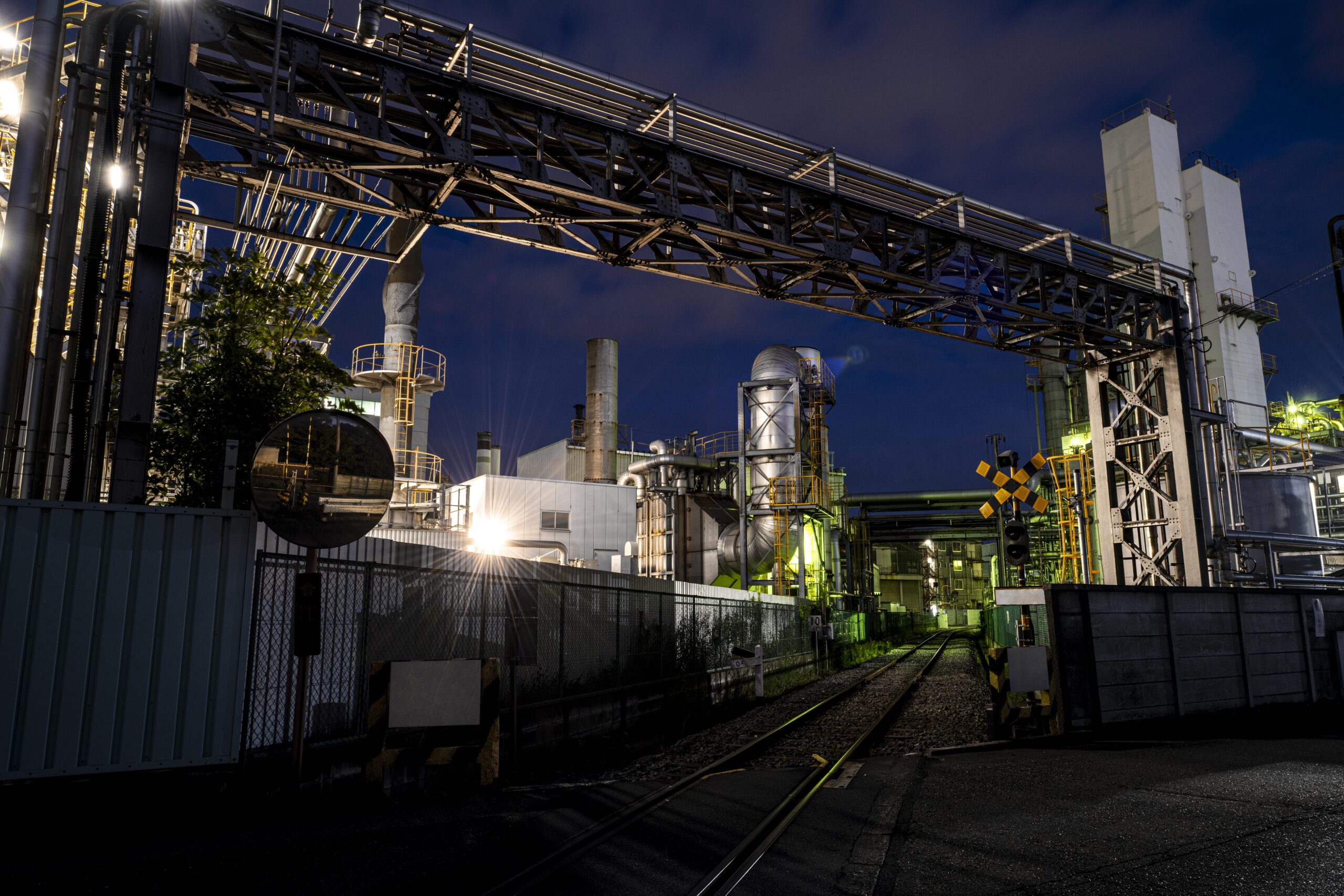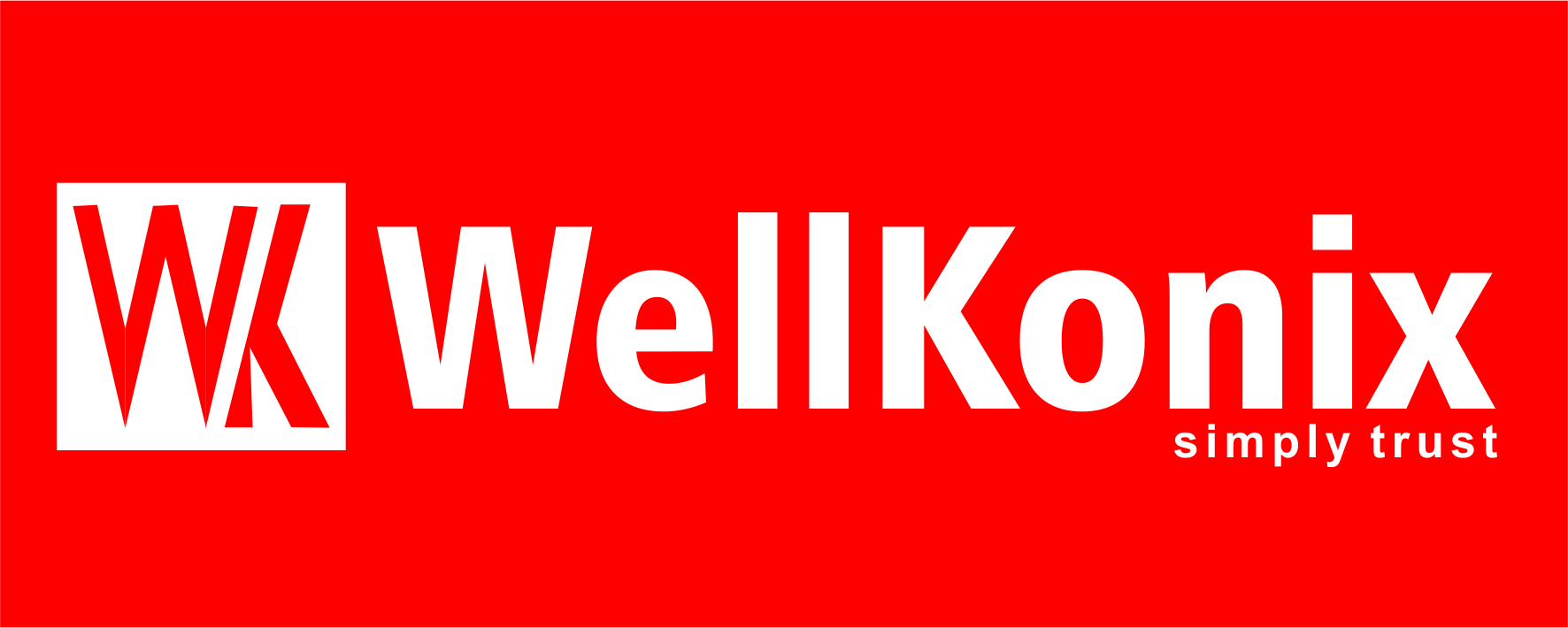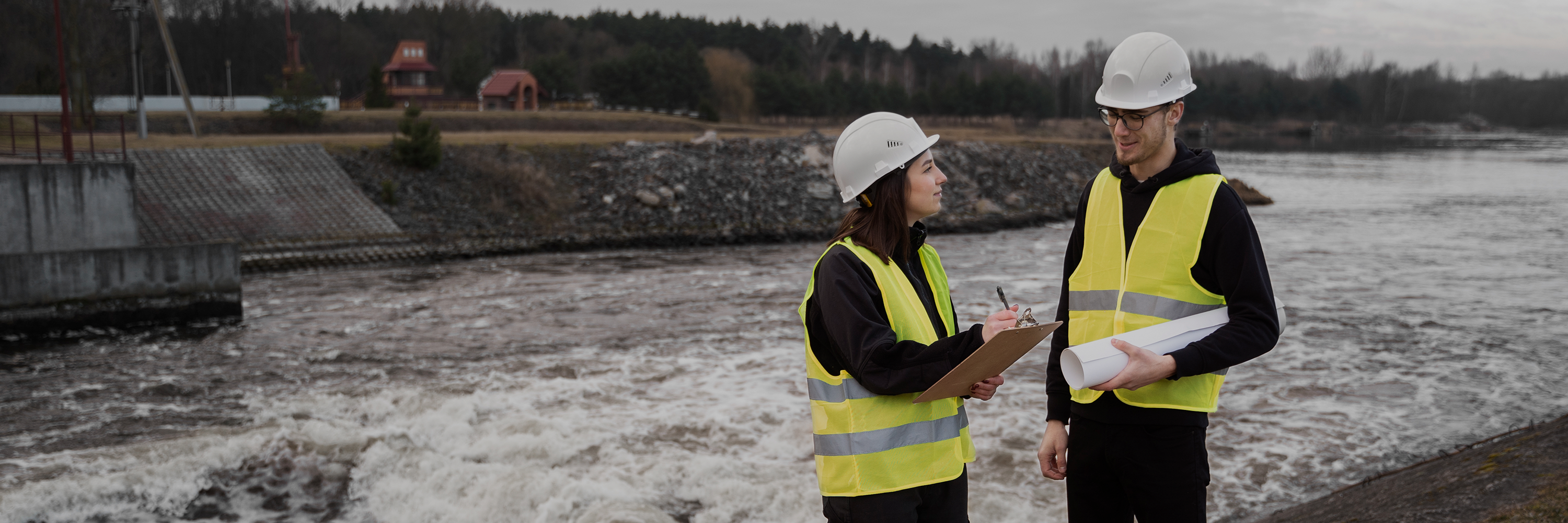Paperless Recorder
PR316D
Features
- With a USB data transfer interface
- RS485 Communication
- Power Supply: 230VAC
- Use date and time calendar search functions to Review historical data
- Dust- and splash-proof front panel
A color paperless recorder with a fixed point or program segment uses a differential control method beforehand. When changed, the proportional band P, integral time I, and derivative time D have no effect on one another and are mutually independent. Resolving overshoot in the system is possible with robust anti-jamming capabilities.
01
Paperless recorder up to 16 channels universal input
The paperless recorder has a 24-channel universal input that may be configured to accept input in several ways, such as millivolts, standard voltage, standard current, thermocouples, thermal resistance, frequency, and so on. The device has the ability to be configured with various interfaces such as RS232/485 communication, Ethernet, mini-printer, USB, SD card socket, and eight-loop control. It can also be equipped with an 18-channel alarm output or a 12-channel analog output. Additionally, the device can distribute sensors and has powerful display functions, including real-time curve display, real-time control display, historical curve retrospection, bar graph display, alarm status display, and more.Color paperless recorder with universal input that may be configured to input using standard voltage, standard current, thermocouple, thermal resistance, millivolt, and other values. In addition to having an RS232/485 communication interface, Ethernet interface, mini-printer interface, USB interface, SD card.

02
Application of Paperless recorder
Industrial Process Monitoring: Tracks critical parameters in industries like oil & gas and pharmaceuticals. Environmental Monitoring: Records environmental conditions in controlled settings. Energy Management: Monitors energy consumption for optimization. Food and Beverage: Ensures safety by recording cooking and storage conditions.

03
Uses of Paperless recorder
Data Logging: Continuously records sensor data. Real-Time Monitoring: Displays live data trends. Compliance: Ensures regulatory adherence with secure records. Process Optimization: Analyzes data to improve efficiency. Alarming: Alerts when parameters exceed set limits. Remote Access: Allows off-site data monitoring. Data Security: Protects data with encryption and secure.
Paperless recorder calibration
Connect: Attach the recorder to a calibration source. Verify: Apply known signals and compare readings. Adjust: Correct discrepancies to match the standard. Check Multiple Points: Calibrate at various points across the range. Document: Record calibration results and adjustments. Verify Accuracy: Recheck readings to confirm accuracy. Schedule Recalibration: Regularly recalibrate to maintain accuracy.
Technical Specification
Product
Paperless recorder
Model
Wellkonix PR316D
Input
Universal
Relay
2 Ethernate
Power Supply
230VAC
Display
7 inch TFT display screen
Communication
RS485
Internal memory
64 Mbytes Flash
Power supply
AC85~264V,50/60Hz; DC12~36V
Outer dimensions
185*154*176mm
DIN panel cutout
138*138mm
Channel
16
Applications
Accessories
Documents

Wellkonix global commitment to the Chemical Industry
Wellkonix is the world leader in automation solutions to the chemical industry. As a global player, we have strong local support in any region that you run your business
Solutions
automation
Project execution
Providing solutions of every kind, at all times in chemical industries
WellKonix engineers were all very affected person and cooperative during the early engineering and start-up phases. We labored as one team thru to the completion of this plant project




